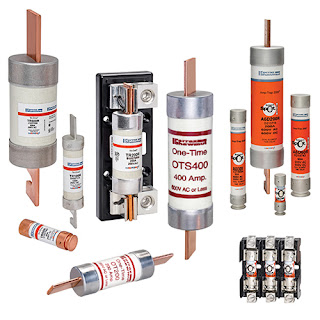Self-Launch Glider Uses Li-Ion Battery System
The Antares 20E, an electric self-launching glider developed by Lange Aviation and powered by a Saft custom-designed, rechargeable lithium ion (Li-ion) battery system, is back in series production. For takeoff and powered flight the electric motor with propeller is extended above the fuselage centre section. For soaring, the pilot simply pulls a lever and the complete unit retracts into the fuselage to ensure optimum aerodynamic efficiency.
Axel Lange, chief executive of Lange Aviation, said: 'The Antares demonstrator LF-20E flew on Ni-MH batteries and performed well. 'But the extra power available when we switched to the Saft Li-ion batteries has enabled us to more than double the launch height, using a battery system that weighs 26 per cent less.' The Antares 20E is equipped with a custom-designed modular battery system, using Saft VL 41 M Li-ion cells, that pack as much power as possible into a lightweight and space-efficient package.
The battery system weighs 80kg, which is around 12 per cent of the glider's typical launch weight (with pilot and ballast) of 660kg. The battery system is split into two packs, positioned in the leading edges of both inner wings. Each pack consists of 36 cells in series, divided into 12 three-cell modules. Together, both battery packs provide an operating voltage of 212V to 288V, depending on the state of charge (SOC).
The dedicated battery management system ensures each cell is carefully and redundantly monitored and controlled, to ensure that it delivers maximum performance while remaining within its safe operational parameters. A full nine-hour charge from the onboard charger will deliver the Antares 20E approximately 3000m above its launch point. It is also possible to use the available battery power for one or more takeoffs and powered climbs. Each extra takeoff costs approximately 100m in final climb altitude.
Partial charges and discharges have no adverse impact on battery life. In common with all batteries, the performance of the Li-ion battery system is affected by the battery temperature. To counter this, the Antares 20E battery packs are equipped with electrical battery heating to maintain them at optimum temperature. If the battery charger is connected, it provides the power required to heat the batteries. While in the air, the battery modules use their own power.
This process happens automatically. It is possible to turn the heating off and on in flight in order to conserve energy during very long flights. Even with the battery heating turned off, the good insulating properties of the wing ensure that it takes a long time for the batteries to cool down to a temperature where their performance is affected. The capacity of a battery diminishes according to the number of charge-discharge cycles it undergoes, as well as its calendar life. Saft anticipates that the Antares 20E batteries will have an operational lifetime of up to 20 years, during which they will deliver several thousands of launches.


Comments